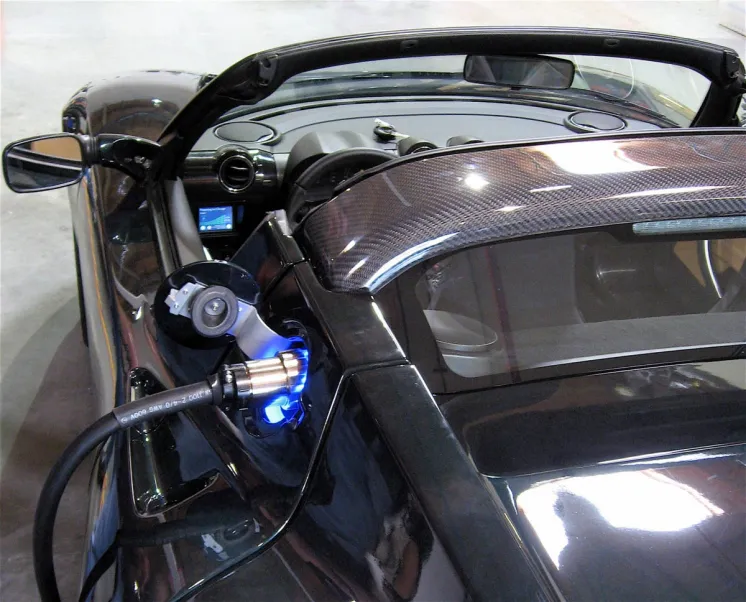‘They created a rechargeable world’
Oct 9, 2019 11:01 PM ET
- American John B. Goodenough, Brit Stanley Whittingham and Akira Yoshino, from Japan, have received the Nobel Prize for Chemistry for developing the lithium-ion battery. A statement from the Royal Academy of Sciences of Sweden said the invention “laid the foundations of a society without wires and fossil fuels, and [they] are of great benefit to humanity”.

“They created a rechargeable world”. That is how the Swedish Royal Academy of Sciences headed the announcement this year’s Nobel Prize for Chemistry has been awarded to German-born American John B. Goodenough, Brit Stanley Whittingham and Japan’s Akira Yoshino, for developing lithium-ion batteries.
“Lithium-ion batteries are used throughout the world to power the portable electronics we use to communicate, work, study, listen to music and seek knowledge,” the institution added. “Lithium-ion batteries have also allowed the development of long-range electric cars and the storage of energy from renewable sources such as solar and wind energy.”
The foundations of the lithium-ion battery were laid during the oil shocks of the 1970s, when the 1973 Arab-Israeli war and the Islamic revolution in Iran six years later saw prices spike amid shortages of the fossil fuel that powered the Western world.
Fossil-free mission
Whittingham worked on the development of methods that could lead to fossil fuel-free energy. He began researching superconductors and discovered an extremely energy-rich material which he used to create an innovative cathode in a lithium battery. It was made of titanium disulfide which, at the molecular level, has spaces which can embed lithium ions. The battery anode was partially made of metallic lithium, which has a strong impulse to release electrons. The resulting battery, literally, held great potential – just over two volts. However, the metallic lithium was reactive and the device was too explosive to be viable.
The aptly-named Goodenough predicted the cathode would have even greater potential if it were made with metal oxide rather than metal sulfide. After a systematic search, in 1980 he demonstrated cobalt oxide with intercalated lithium ions could produce up to 4 V. It proved a crucial breakthrough which led to much more powerful batteries.
With Goodenough’s cathode as a base, Yoshino created the first commercially viable lithium-ion battery in 1985. Instead of using reactive lithium in the anode, he opted for petroleum coke, a carbon material which – like the cobalt oxide cathode – can host lithium ions.
The finished article
The result was a light, strong battery that could be charged hundreds of times before performance deteriorated. The advantage of lithium-ion batteries was that they were not based on chemical reactions that break down the electrodes, but rather on lithium ions that flow from side to side between anode and cathode.
“Lithium-ion batteries have revolutionized our lives since they first entered the market in 1991,” said the Swedish Royal Academy. “They have laid the foundations of a society without wires and fossil fuels and are of great benefit to humanity.”
The trio will split the SEK9 million (€824,000) prize between them.
About the winners:
John B. Goodenough, born in 1922 in Jena, Germany. Doctorate 1952 from the University of Chicago, United States. Virginia H. Cockrell Professor of Engineering at the University of Texas at Austin, United States.
Stanley Whittingham, born in 1941 in the United Kingdom. Doctorate in 1968 from the University of Oxford, United Kingdom. Distinguished Professor at Binghamton University, State University of New York, USA.
Akira Yoshino, born in 1948 in Suita, Japan. Doctorate 2005 from the University of Osaka, Japan. Honorary member of Asahi Kasei Corporation, Tokyo, Japan and professor at Meijo University, Nagoya, Japan.
Also read


